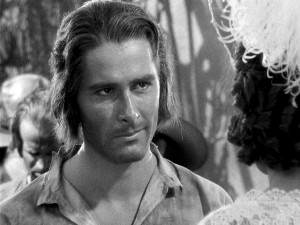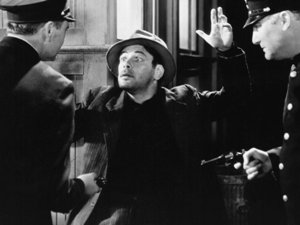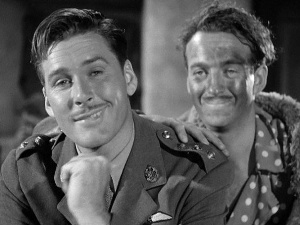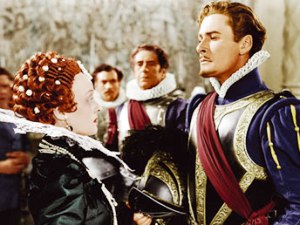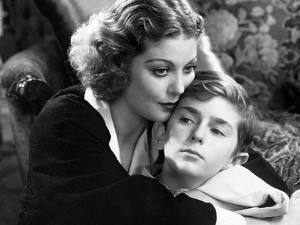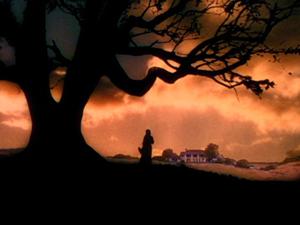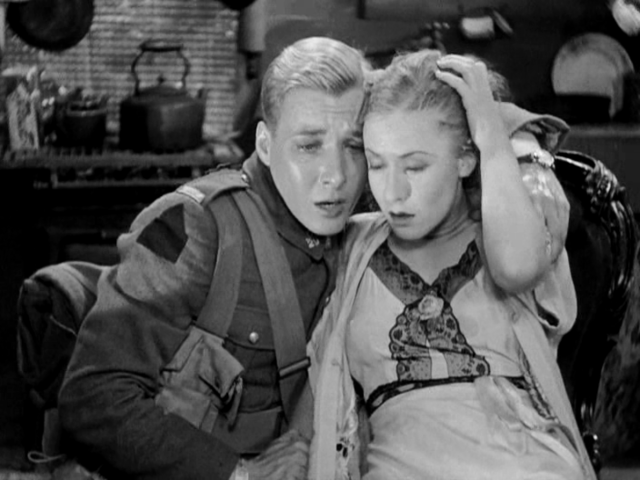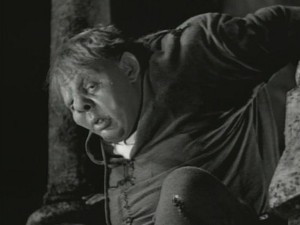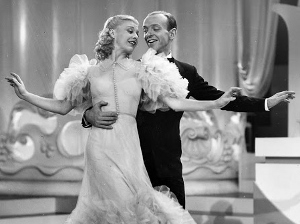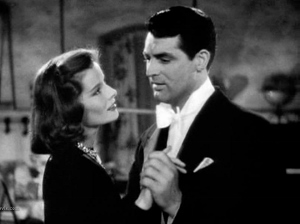I Am a Fugitive from a Chain Gang (1932)
[8]
A man is wrongly convicted and sentenced to a brutal chain gang in this gripping tragedy from Mervyn LeRoy (The Wizard of Oz). Paul Muni (Scarface, Life of Emile Zola) stars as the innocent prisoner who succeeds in a daring escape and becomes a well-respected member of society before the law catches up with him. State extradition laws offer him some sanctuary, but Muni is tricked into voluntarily returning to the labor camp with the hope of wiping his record clean. Once there, all hope of a promised pardon vanishes and he’s forced to plot his second deadly escape.
The Dawn Patrol (1938)
[8]
Errol Flynn and David Niven star as World War I pilots confronting the grimmest odds of survival in this exciting and moving remake of Howard Hawks’ 1930 original. With its wartime setting and nary a woman in the cast, The Dawn Patrol is another great bromance in the grand tradition of war stories — it’s all about camraderie, brotherhood and sacrifice.
The Private Lives of Elizabeth and Essex (1939)
Born to Be Bad (1934)
Gone with the Wind (1939)
[7]
Hollywood’s most celebrated melodrama is still entertaining today. Vivien Leigh does a remarkable job playing one of the most volatile heroines in film history. Scarlet O’Hara begins Margaret Mitchell’s story damned spoiled, and I’m not sure she ever really learns her lesson, but Leigh renders a subtle transformation while always remaining true to character. My other favorites are Olivia de Havilland (sweet in everything she’s in), Hattie McDaniel (who deserved her Oscar), and Butterfly McQueen (for bringing a little comedy to the proceedings). I don’t get Leslie Howard as Ashley. For being the crux of the movie’s romantic triangle, I’d like to have known what was so darned special about him. Max Steiner’s music, especially the Tara theme, is among the most memorable ever composed for film.
Waterloo Bridge (1931)
[7]
This is the first of at least three film versions of Robert L. Sherwood’s play about an American soldier who falls in love with a Londoner during a World War I air raid, unaware that she is a prostitute. Director James Whale (Frankenstein, The Invisible Man) delivers a solid melodrama with two great lead performers. I was particularly taken with Kent Douglass as Roy. At times, he seemed to display the kind of naturalistic acting style that wouldn’t become popularized until Brando hit the scene decades later. I totally bought Roy’s doe-eyed infatuation with Myra (Mae Clarke), hook, line and sinker. Clark is good with the tremendous amount of pathos the screenplay gives her to work with.
The Hunchback of Notre Dame (1939)
[6]
Charles Laughton’s performance as Quasimodo is the main reason to see this movie. Laughton gives the deformed bell ringer moments of quiet torment as well as unbridled joy, and without ever going over the top – a remarkable feat that should have earned him an Oscar nomination. I also liked Cedric Hardwicke as the malevolent Frollo and Maureen O’Hara (in her screen debut) as Esmerelda, but several of the other cast members act as though they are playing cartoon characters (Harry Davenport is the worst offender). The film could have benefited from a more genuine period setting and a more earnest supporting cast. Director William Dieterle bestows the film with some elegance, though it’s not nearly as polished as his later work on The Devil and Daniel Webster.
Swing Time (1936)
[6]
Fred Astaire and Ginger Rogers, filmdom’s undisputed dancing duo, are at their apex in Swing Time, directed by George Stevens (is there any genre that man didn’t tackle?) I’m not a fan of old song and dance flicks, but Swing Time is cute enough. The dancing sections are consistently entertaining and technically innovative. My favorite number is one where Astaire dances with three shadows of himself. They’re in synch for a while, and then start competing with each other. Unfortunately, Fred’s in black face for the whole number, but you’ll have that in films from the 30s and 40s.

